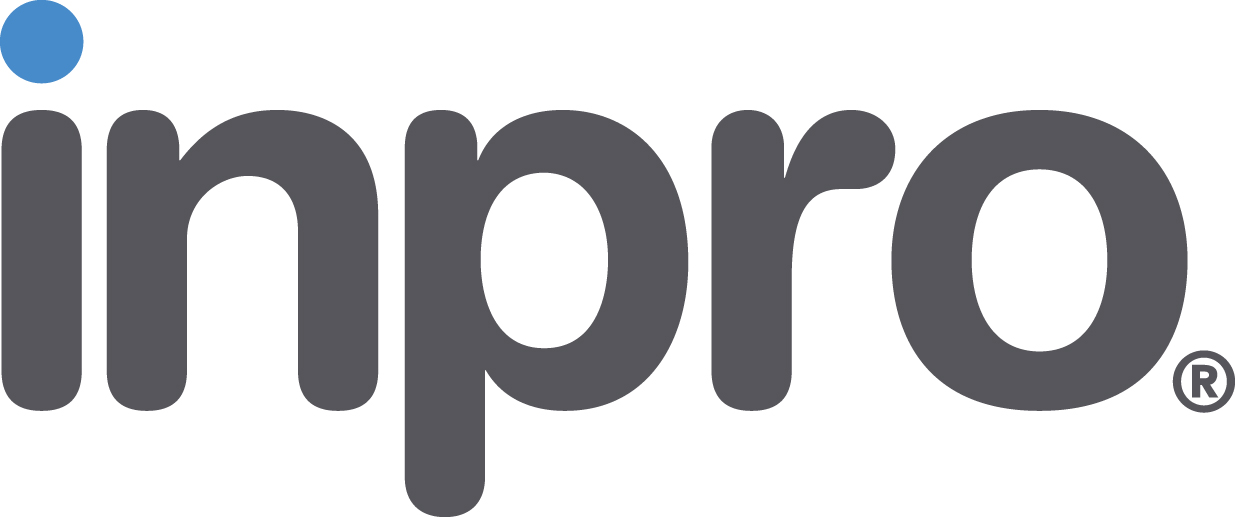Credits: 1 AIA LU/Elective; 1 AIBD P-CE; 0.1 IACET CEU
May qualify for learning hours through most Canadian architectural associations
In this course we will discuss how to anticipate many of the most common, reoccurring problems we witness revolving around expansion joint choices and their implementation. Our hope is these lessons help you head off issues as you detail your project and perform your site walks.
You may say - “proper installation and quality control is the Contractor’s responsibility”, which is true. But given the range of duties these hard-working passive building devices undergo, it truly takes all parties to ensure they are specified correctly, are well understood, and achieve the proper functionality and longevity expected. That process all starts with the product choices you detail.
We will review common pitfalls for interior and exterior applications with regard to drawing coordination, substrate preparation, fire protection details, and waterproofing steps in order to maximize product lifespan.
Learning Objectives:
- Examine common floor joint oversights regarding blockouts, concentrated loads, and coverplate specification.
- Discover the types of interior wall expansion joint systems, and how to accommodate obstructions, changes in direction, and functional requirements.
- Examine and compare building envelope joints and recognize the importance of proper detailing for transitions.
- Identify the types of expansion joint fire barriers and the dangers to life safety when seams and intersections installations are not assembled to specifications.
Sponsored By:
